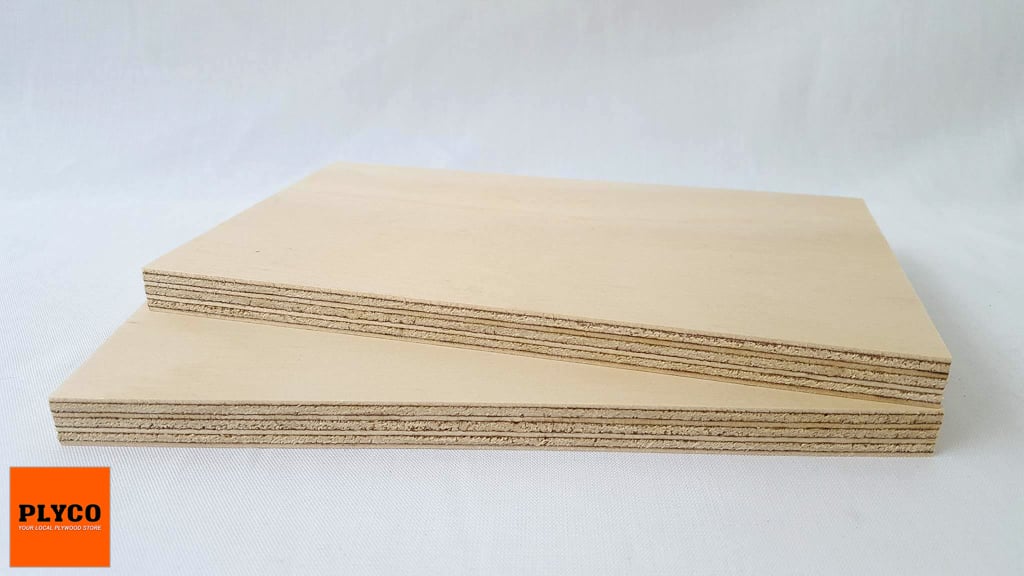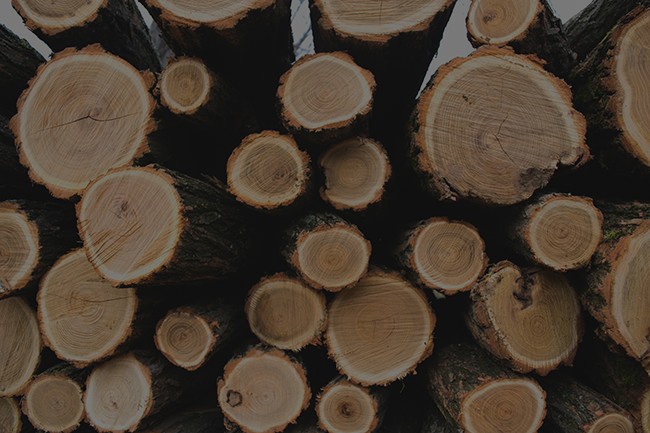This post is part of Plyco’s Guide to Marine Plywood.
Once you’ve identified which species of Marine Plywood is the right option for your project, the next step is to identify the size and thickness of the sheets you’ll be using. While this may seem simple enough, it’s can be quite tricky. A lot of the customer inquiries we receive at Plyco centre around what dimensions they should use. Below you’ll find a guide to help wrap your head around all the different Marine Plywood dimensions and hopefully make the process simpler and easier for you.
With four different options in our Marine Grade Plywood collection, there is obviously quite a lot to choose from when you consider sheet size and thickness. To make it simple we’ll start from the top with our Hoop Pine AA Marine Plywood.
Hoop Pine AA Marine Plywood Dimensions
As you might know from some of our other posts in Plyco’s guide to Marine Plywood, Hoop Pine is the highest quality board we stock in this range. It’s available in seven unique thicknesses (4.5mm, 6mm, 9.5mm, 12.5mm, 16mm, 19mm, and 15mm) and a standard sheet size of 2400 x 1200mm. It is also manufactured to Australian Standard. When talking about using Marine Plywood for boats, this is the gold standard. Don't want to just take our word for it? Check out Boat Craft NSW's comparison of different Marine Plywood options!

Gaboon Marine Plywood Dimensions
Gaboon Marine Plywood is the slightly less flashy alternative to Hoop Pine. It has an A-Grade front face but uses a B-Grade for the back, making it a cheaper option. It’s available in a 2440 x 1220mm sheet size and six thicknesses (3mm, 6mm, 9mm, 15mm, and 18mm).
Pacific Maple Marine Plywood Dimensions
Next up is the step below Hoop Pine and Gaboon; Pacific Maple Marine Plywood. These boards are manufactured to British Standard and feature a B-Grade front and C-Grade back, allowing them to be cheaper than Hoop Pine, with the caveat of not looking as fancy or being as good an option for something as intense as boat building. Much like the Hoop Pine AA Marine, Pacific Maple is available in seven different thickness (3.6mm, 6mm, 9mm, 12mm, 15mm, 18mm, and 25mm) with a single 2440 x 1220mm sheet size available.
Eucalyptus Marine Plywood Dimensions
Lucky last is our Eucalyptus Marine Plywood. Like it’s Pacific Maple cousin it is of a British Standard and features lesser faces than the Hoop Pine, again making it a cheaper option. It’s a little bit different too, in that it comes in 2500 x 1220mm sheets and has only five thicknesses available (6mm, 9mm, 12mm, 15mm, and 18mm).
What Size Marine Plywood Should I Use?
Having every single one of the thicknesses and sheet sizes available in our Marine Plywood range laid out right in front of you sure is handy, but it’s not much use if you’re unsure which is best for you. Luckily, the experts here at Plyco have some general guidelines. If it’s boat building your after you’re going to be using any of the variations found in the Hoop Pine AA Marine Plywood. This is the highest quality available and the best option if you want to get the greatest performance out of your wood.
Cabinetry Projects
For applications like using Marine Plywood to make kitchen cabinets and other cabinetry projects, you have quite a bit of leeway when it comes to choosing a thickness. We do find that 12mm tends to be the thickness most people go for in this situation. The required thickness can vary depending on how big your cabinet is though, as the longer the shelves are the thicker you will want your plywood, as it will ensure the sheet won’t sag when placed under pressure. The same applies for building standalone shelves too.
Furniture Making
If it’s furniture you’re after then there’s a number of different thicknesses perfect for specific needs. If you’re building something along the lines of a table, you’ll be looking for something in the 18 to 24mm ballpark. Meanwhile, drawer sets typically involve a combination of 16m and 12mm ply. Other pieces of furniture tend to vary on a case-by-case basis, and if you’re looking to build something not mentioned here and are unsure what to use, get in touch with us and we can help you out.
Decking
Some people also like to use Marine Plywood decking or flooring as an option in outside areas, a natural choice due to its built-in properties (see this blog post to learn about Marine Plywood properties). For flooring, we suggest anything within a range of 15 to 25mm.
Hopefully, all the facts, figures, and numbers seem a little less daunting now that we’ve laid them all out in front of you and offered an explanation on what they can be used for. If it has and you’re now asking yourself “where can I buy Marine Plywood?”, head over to Plyco’s online store where you can shop the largest Marine Plywood range and so much more!


.svg)

.png)
.png)







